Fraunhofer looks into economic potential of bidirectional charging
The main focus of the study is on the economic potential that electric cars have as storage for the electricity grid. Generally speaking, cars are stationary for most of the day and could use their batteries to absorb and feed energy back into the grid – and thus serve as a control reserve. The Fraunhofer Institutes ISI and ISE have now investigated the potential of the vehicle-to-grid (V2G) approach on behalf of the organisation Transport & Environment.
According to the scientists, the widespread introduction of bidirectional charging systems could reduce annual energy system costs in the European Union by 8.6 per cent by 2040, which would correspond to annual savings of 22.2 billion euros. “By storing excess renewable energy that would otherwise be lost, Europe’s EV fleet could contribute up to 9% of the EU’s annual power needs by 2040,” the study continues. This would make electric vehicles the fourth largest supplier of electricity in the EU, so to speak. According to the Fraunhofer researchers, electric vehicles could theoretically already cover 15 to 20 per cent of the current electricity demand during peak load times.
Electric vehicles equipped with a bidirectional charging option could act like ‘batteries on wheels’ that absorb electricity in times of oversupply and release it again when demand is higher, the study’s organisers explain. However, what is already technically feasible is currently still failing in Germany due to the regulatory framework. Neighbouring countries such as France and the UK are already further ahead in this respect, as reported.
According to the study, the annual savings from nationwide V2G could total more than 100 billion euros across the EU between 2030 and 2040. According to the analysts, these massive potential cost reductions are due to the fact that bidirectional charging electric vehicles help to facilitate the energy transition with more and more electricity from renewable energy sources. “EVs plugged in at home or work can reduce the need for stationary battery storage – to store energy when there is an excess supply of wind or solar power – by up to 92% in 2040.” Across the EU, V2G could increase installed PV capacity by 40 per cent.
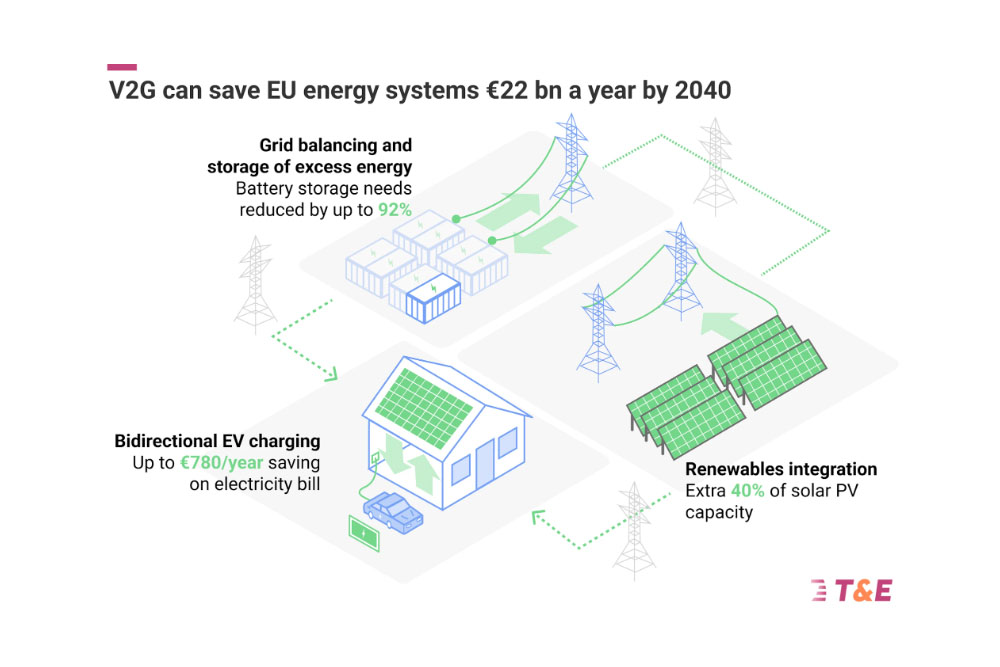
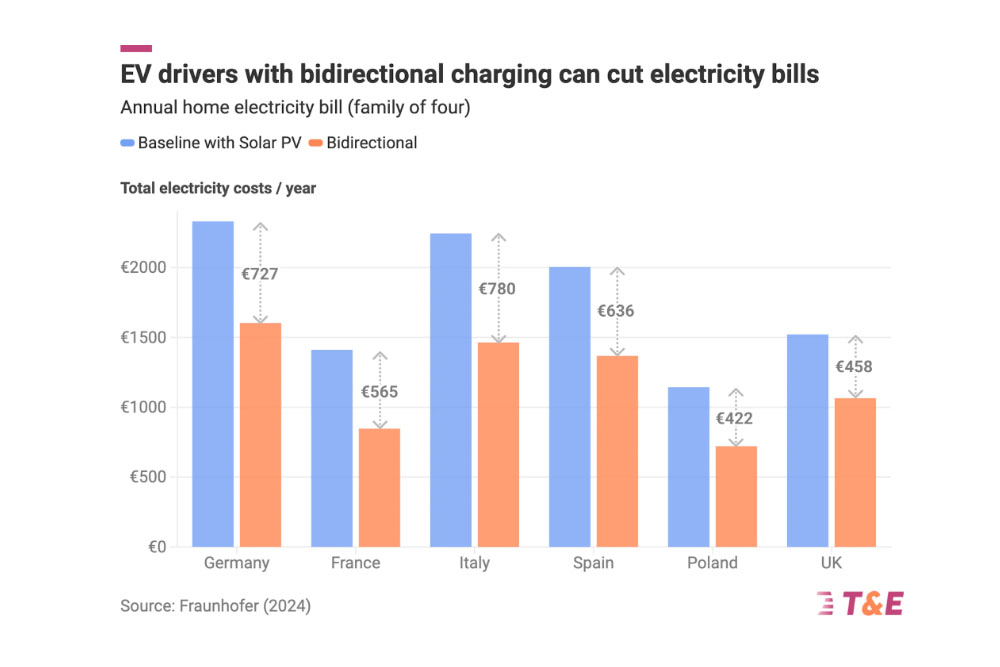
Fabian Sperka, vehicles policy manager at T&E, emphasised: “Electric vehicles have put road transport on the path to decarbonisation, but they have more economic benefits yet to be realised. Bidirectional charging will offer batteries on wheels for free, reducing the need to build energy storage for excess wind and solar power.”
This should be worthwhile for society as a whole, but also for each individual: As electric vehicles can draw surplus, cheap electricity or solar energy from home, German electric vehicle owners could save up to 45 per cent on their annual electricity bill through bidirectional charging, according to the study. This corresponds to a saving of up to 727 euros per year, depending on factors such as the location of the vehicle, the size of the vehicle battery and whether or not the house has a solar system. According to the Fraunhofer scientists, bidirectional home charging points will “Bidirectional home chargers are expected to be around €100 more expensive than conventional wall boxes.”
The study also presents a forecast for the durability of the batteries: “Bidirectional charging can also extend the life of EV batteries – contrary to commonly held concerns about cell degradation due to regular charging and deloading.” According to the analysts, the service life of the batteries could be up to 9 per cent longer than with conventional charging behaviour, as the vehicle is kept in an optimum state of charge.
The conclusion: Europe and Germany could benefit from the advantages of V2G technology almost free of charge, as the costs of bidirectional onboard chargers and wall box charging stations would be offset by lower electricity bills within a few months. However, according to the initiators of the study, this requires a harmonised and forward-looking legal framework. Transport & Environment considers it problematic, for example, that the automotive industry currently relies on different technical approaches, which could make interoperability considerably more difficult in the long term.
“V2G can only take off if we ensure all EVs can work with all chargers. Lawmakers can unlock the potential of this technology by deciding the EU standards for bidirectional charging. That will be a win for consumers, the environment and progress towards the EU’s climate and energy goals,” added Fabian Sperka.
The requirements for V2G vary considerably in some EU countries. Germany, for example, has a decentralised electricity grid with over 900 grid operators, which naturally makes the implementation of innovative technologies more difficult. In countries such as France and the UK, on the other hand, the number of operators is in single figures. In addition, regulatory hurdles still need to be removed in Germany – in particular the double grid fees. Another issue is the sluggish smart meter rollout, which is developing a completely different dynamic in other countries.
transportenvironment.org, transportenvironment.org (press release)

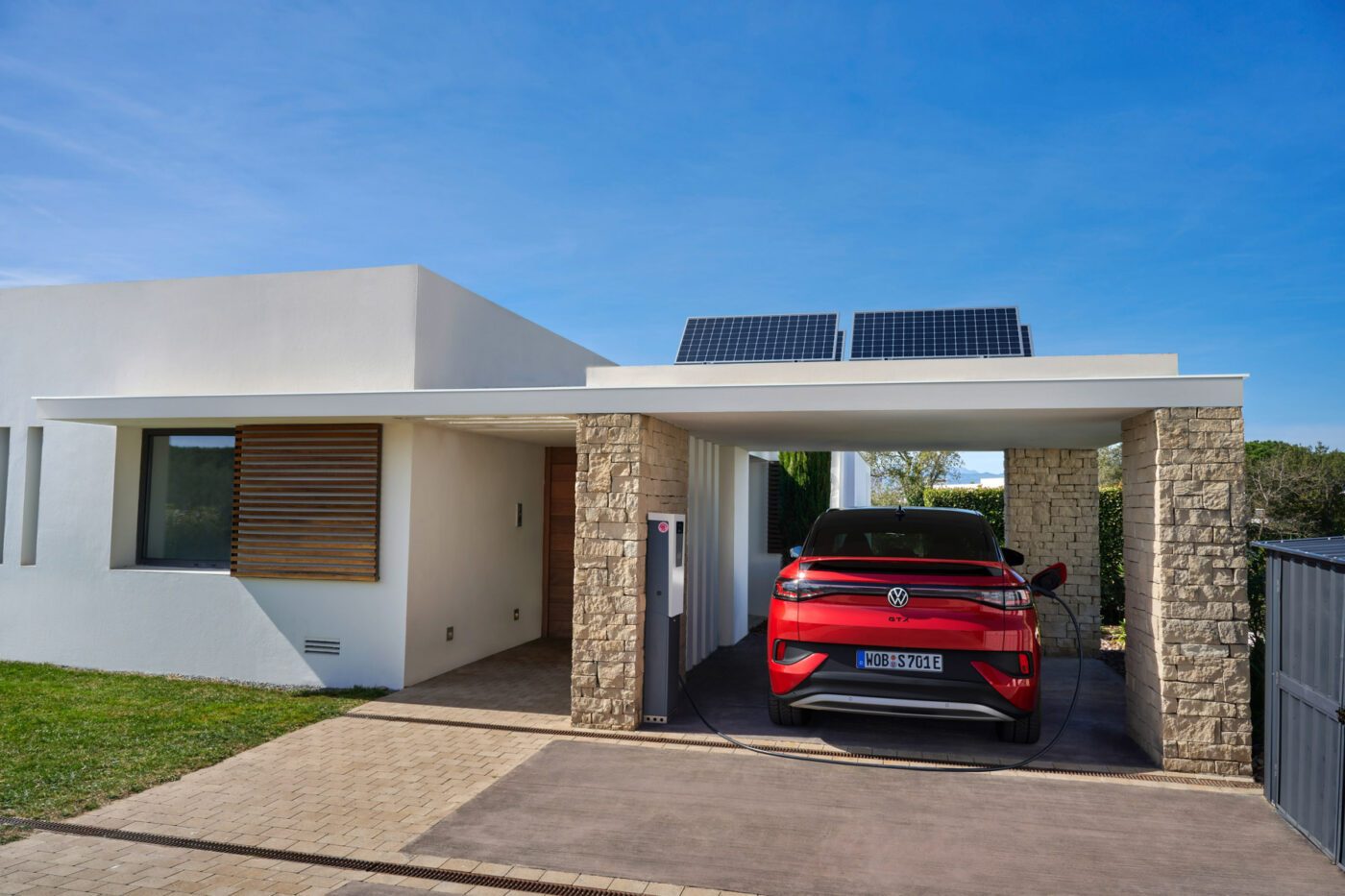

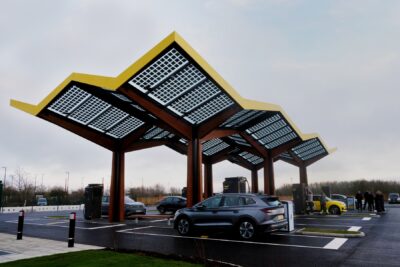
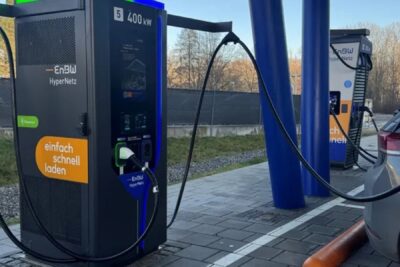
0 Comments